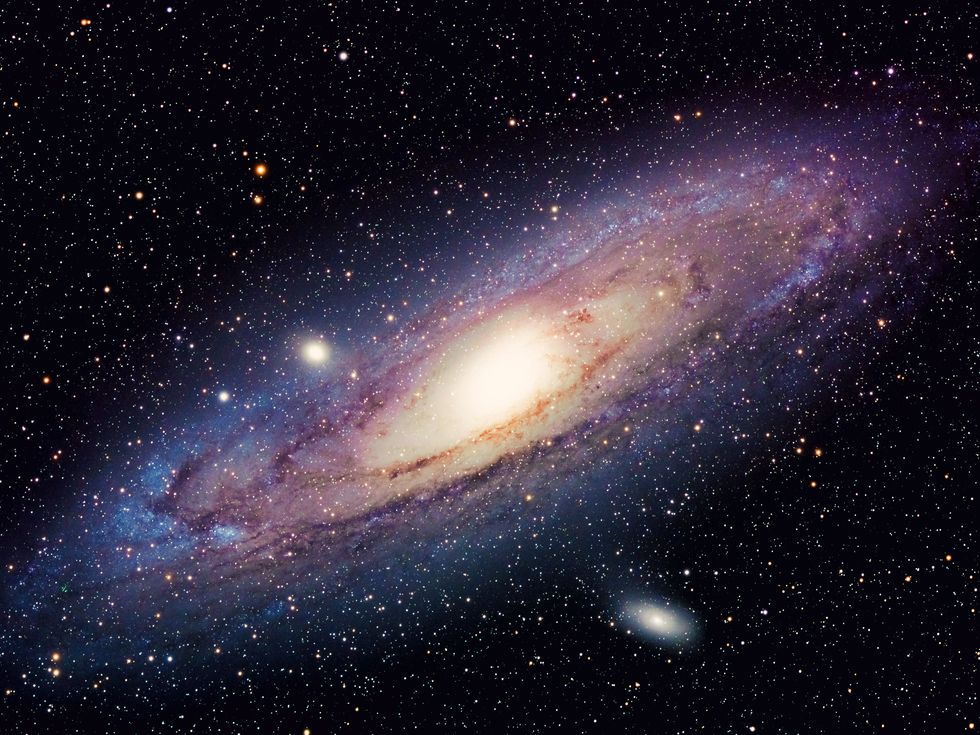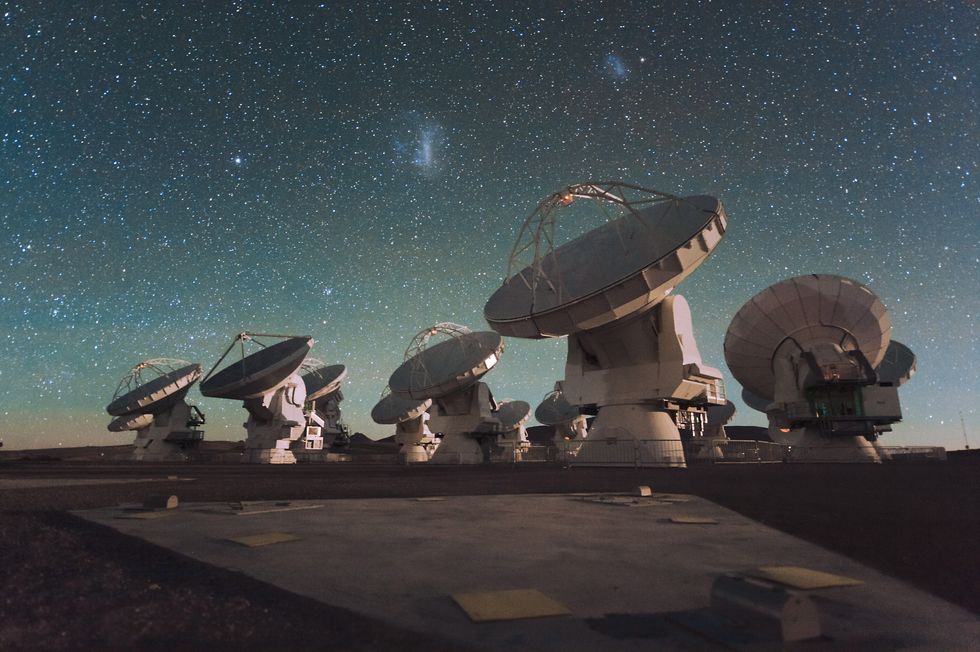Nasa astronauts Suni Williams and Butchwilmore splashdown back on Earth after nine months
GB News
The area around the galaxy's supermassive black hole Sgr A* has long been known to contain swirling dust and gas molecules, but the process has remained mysterious until now
Don't Miss
Most Read
Trending on GB News
Scientists have discovered "space tornadoes" swirling in the centre of our Milky Way galaxy.
International researchers made the finding using the Atacama Large Millimeter/sub-millimeter Array, a collection of dozens of radio telescopes in the Chilean desert.
This astronomical project, the largest in existence, allowed astronomers to sharpen their view of the galaxy's active core.
The area around the galaxy's supermassive black hole Sgr A* has long been known to contain swirling dust and gas molecules, but the process has remained mysterious until now.

Scientists have discovered 'space tornadoes' swirling in the centre of our Milky Way galaxy
Getty
"We can envision these as space tornados: they are violent streams of gas, they dissipate shortly, and they distribute materials into the environment efficiently," explained Xing Lu, a research professor at Shanghai Astronomical Observatory and corresponding author of the study.
The research was published in the journal Astronomy & Astrophysics.
These mysterious twisters were identified using the telescope array's high-resolution capabilities.
Scientists mapped narrow bands of light within cold and dense regions at the centre of the galaxy.
SPACE LATEST:
"When we checked the ALMA images showing the outflows, we noticed these long and narrow filaments spatially offset from any star-forming regions. Unlike any objects we know, these filaments really surprised us. Since then, we have been pondering what they are," said Kai Yang from Shanghai Jiao Tong University, who led the research.
The discovered phenomena do not match previously known types of dense gas filaments.
Scientists are still uncertain about how these space tornadoes form.
However, researchers have developed a theory about their formation.
The space tornadoes could be created by energetic shock waves, as suggested by the presence of emissions of bright lines and other observations.

International researchers made the finding using the Atacama Large Millimeter/sub-millimeter Array, a collection of dozens of radio telescopes in the Chilean desert
Wikimedia Commons
These findings provide a more detailed understanding of the Milky Way's centre, suggesting a cyclical process.
In this cycle, shocks would create the tornadoes, releasing gas. Then, they would dissipate to refuel the released material.
The molecules released by these shocks would subsequently freeze.
The authors of the paper hope that future observations using the Atacama array will confirm how the tornadoes are formed.








